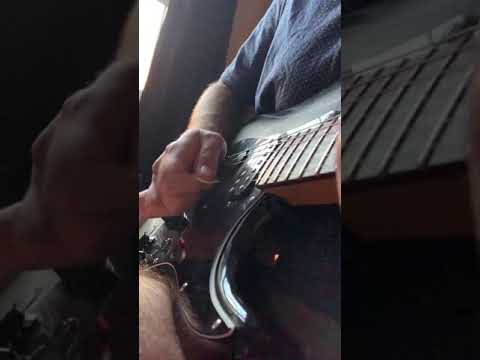So I’ve re-learnt my 3 string arpeggios the “yng-way”
My question is… what’s the idea for 4 strings? Upstroke, pulloff, upstroke, upstroke escape, downstroke? I find I’m doing this weird hybrid of—
Upstroke, pulloff, upstroke on b, hammer on (I’m missing the G string with my pick) and downstroke on D.
I can do this to 210bpm comfortably with all my patterns but one… barre shapes.
Obviously the hammer on was made evident by trying barre shapes, I wasn’t aware of the hammer on until I tried barre shapes and my G string was “dead”. I hit it sometimes but it’s not a guarantee where the rest of the pattern is autopilot. The more I focus on it the more it seems to be present.
I’m going to film when I get the chance (I have a toddler and can’t film today but it’s eating me up)
What’s the thought process to actually hitting that string? I can do it up to gross speeds by returning to uwps and doing an upstroke on the D, essentially sweeping through and alternate picking the high e string but the tone is so much worse to my ears than the yng-way with dwps.
I’m extremely frustrated and feel like I’m banging my head against a wall with this movement.



